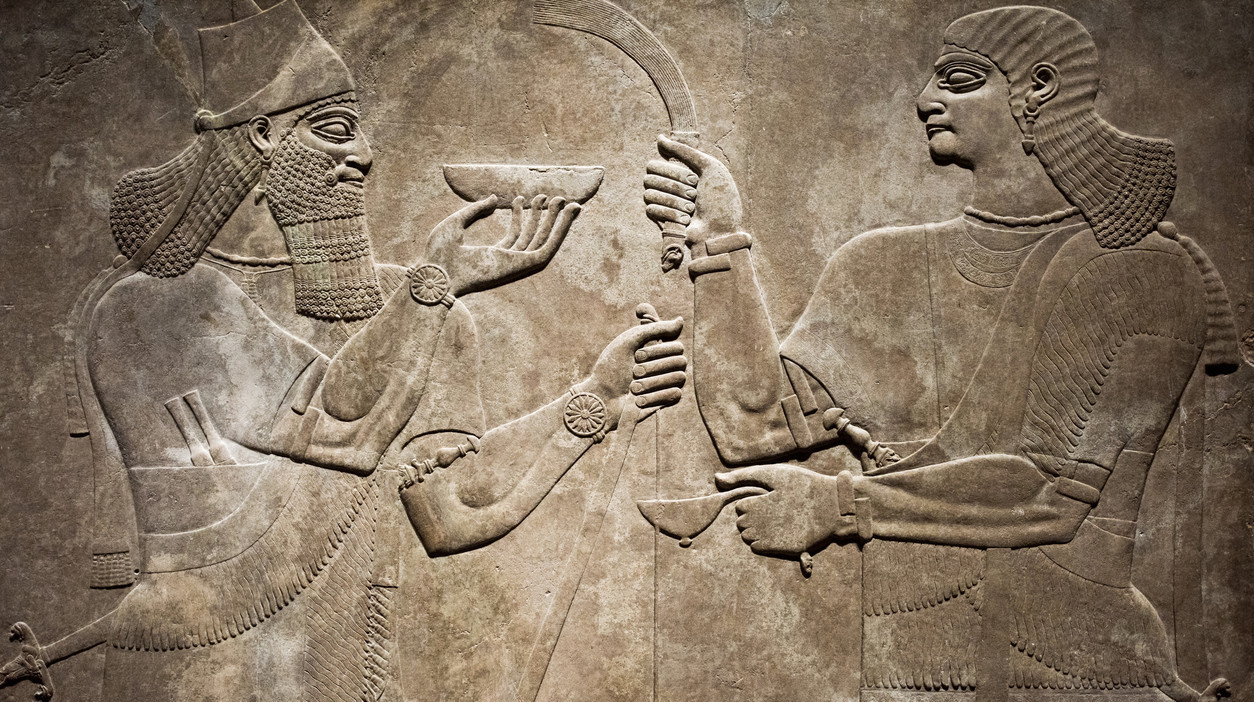So, How Does One Of The World's Oldest Recipes Hold Up?
How many scholars does it take to make a stew? The answer depends on how old the recipe is. If it's 4,000 years old, say, like the one of a tablet at Yale University's Babylonian Collection, it takes a whole team, the BBC reports: food scientists, culinary historians, and a cuneiform expert. This lamb stew is one of the world's oldest known recipes, and apparently it's not half bad. It even has some elements in common with modern lamb stews, which shows that throughout history, people have been using ingredients in the same ways.
The recipe itself did require some interpretation. The original cuneiform tablet read, simply: "Meat is used. You prepare water. You add fine-grained salt, dried barley cakes, onion, Persian shallot, and milk. You crush and add leek and garlic." (To be fair, this was how most recipes were written up until the 20th century. Back then, recipe-writers assumed everyone knew what they were doing in the kitchen.) Through a scientific process of trial and error, the scientists have been working out how to recreate this recipe and three others.
The scientists understood that the physics of cooking wouldn't have changed much. And neither, they discovered, did the basic principles of cooking. "I see the same tendency from ancient times to today," culinary historian Nawal Nasrallah told the BBC. "We don't just add salt and black pepper, we add a combination of spices to enhance the aroma, to enhance the flavor, and we don't just add it all at once, we add it in stages and we allow the stew to simmer." Nasrallah remembers her mother cooking a lamb stew called pacha that uses all the parts of the animal in much the same was as described in the tablets.
The BBC has thoughtfully included a recipe for a sweet-and-sour beet and lamb stew called Tuh'u. It has a family resemblance to borscht and a Jewish-Iraqi meatball dish called Kofta Shawandar Hamudh.
